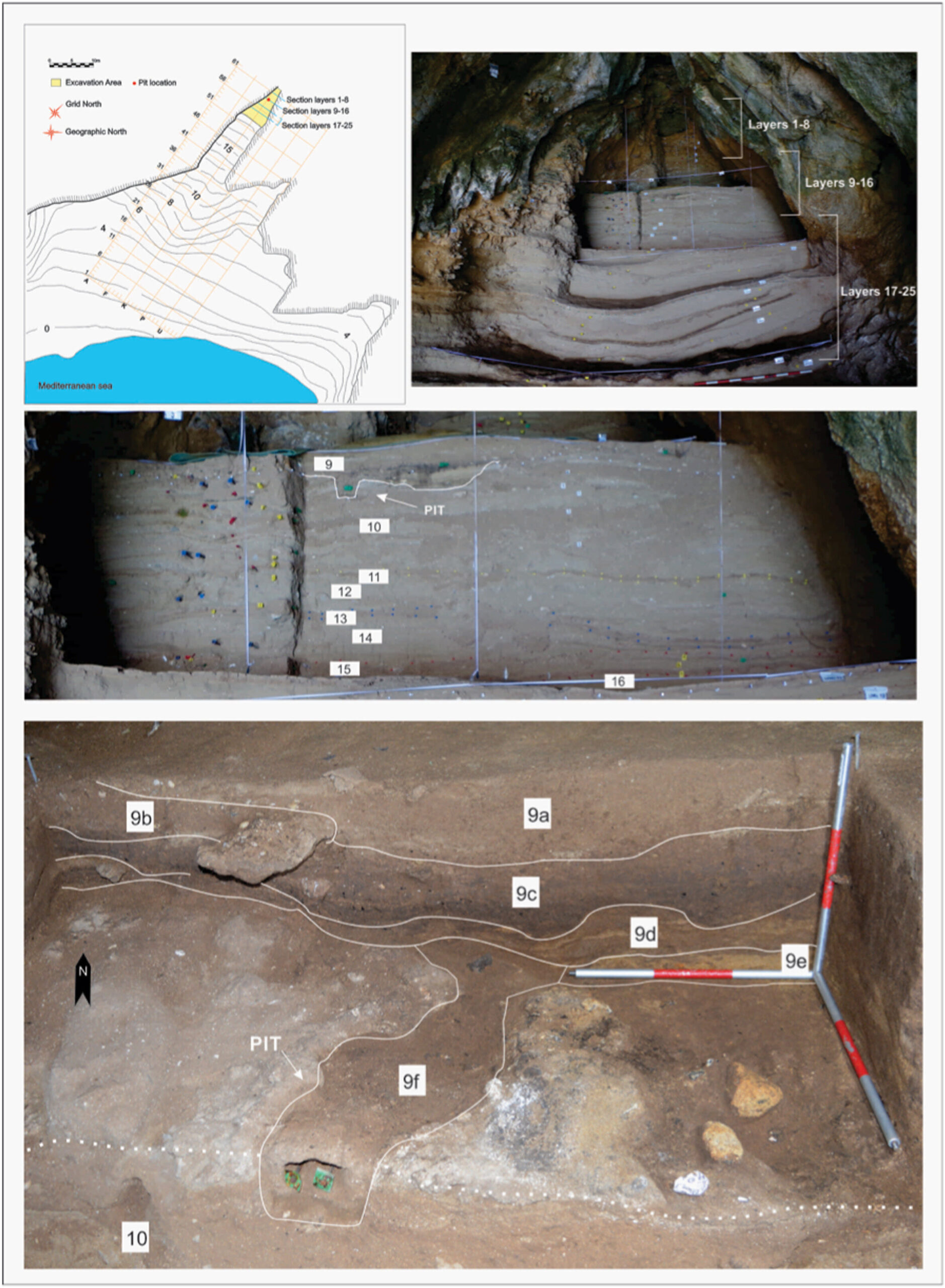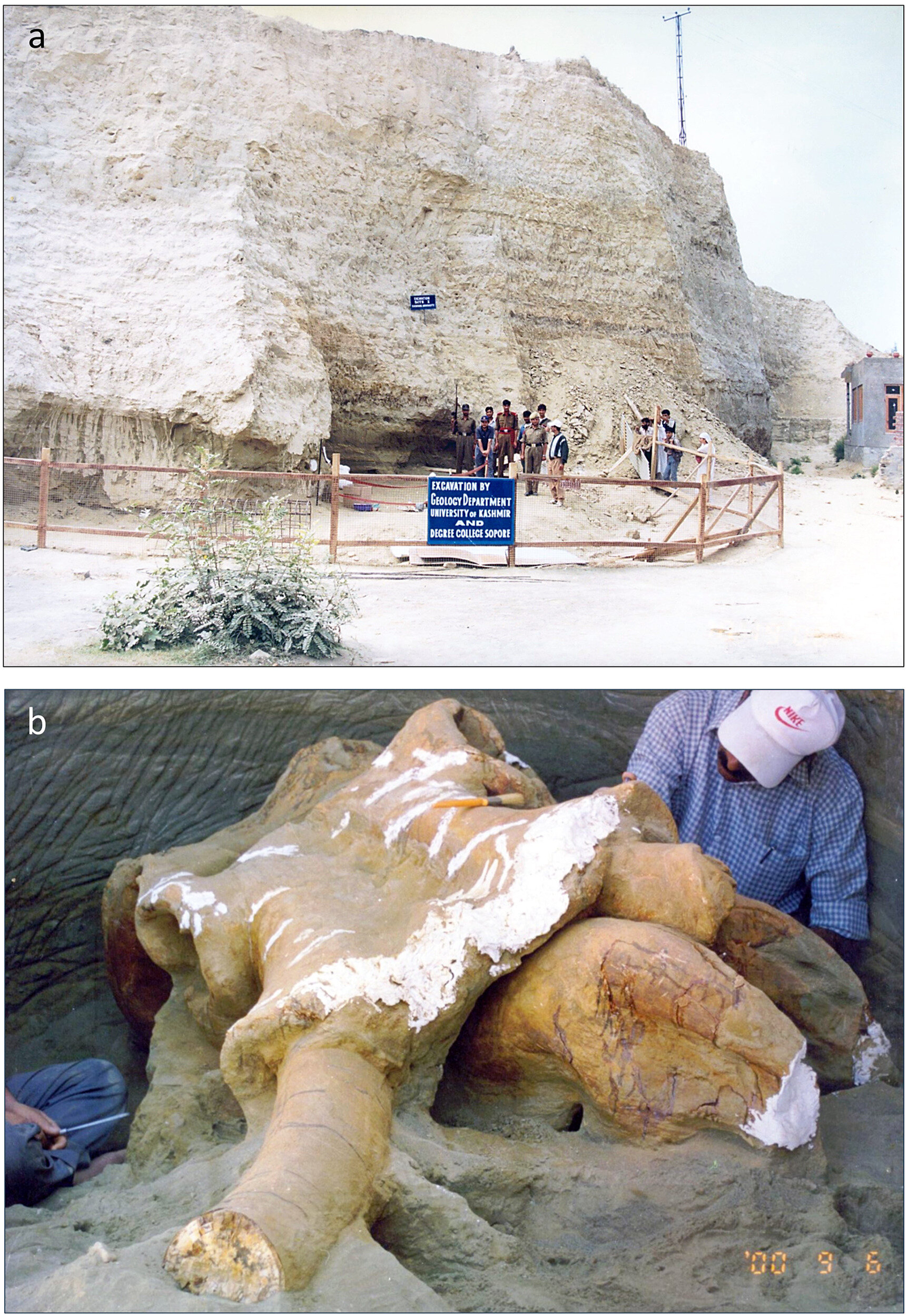In a striking revelation about Neanderthal intelligence and technological prowess, a team of researchers has uncovered one of the oldest known manufacturing sites in the world. Nestled into a cliff face at Vanguard Cave in Gibraltar, this site has remained hidden for over 65,000 years. It is here that Neanderthals were found to have constructed a tar distillation oven, representing a significant leap in their cognitive abilities and their mastery over fire.
The study, led by researchers from the University of Murcia, describes a complex and specialized hearth structure found in the cave. This discovery offers fresh insights into the ways Neanderthals engaged with fire and their role as early engineers of the natural world. Specifically, the researchers found evidence that Neanderthals were creating tar—a substance used for hafting, or attaching, stone tools to wooden handles.
Understanding the Significance of the Discovery
For decades, researchers have speculated about how Neanderthals might have produced tar from plant material, as its use in tool-making is seen as a pivotal advancement in prehistoric technology. The idea that early human ancestors harnessed fire to manipulate materials is not new. However, this discovery provides direct archaeological evidence of the method they used to produce tar, illuminating their fire management skills and technological expertise.
Neanderthals were known to use fire for various purposes, including cooking, heating, and landscape clearing. But they also developed the ability to manipulate fire in specific, controlled ways to extract useful substances. In this case, the rockrose plant (from the Cistaceae family) was used as the source of resin that could be distilled into tar. This process involved heating plant material at a controlled temperature in low-oxygen conditions, an early form of distillation to create the highly adhesive substance.
The Research Findings: Unveiling the Structure
The team’s findings, published in the Quaternary Science Reviews, shed light on how these complex burning structures were used by Neanderthals for tar extraction. Researchers analyzed a hearth pit located in Vanguard Cave, using a multidisciplinary approach involving geochemical, mineralogical, and micromorphological methods to unravel the ancient process. The central component of this hearth structure consisted of a fire pit surrounded by two trenches, with residues of rockrose plant material, confirming that it was a controlled setup meant for specialized use.

Geochemical analysis revealed organic compounds associated with the burning of resinous plants, such as levoglucosan and retene, which are typically produced when organic plant materials are combusted at specific temperatures. The presence of these compounds was a strong indicator that Neanderthals had purposefully utilized fire to extract these substances.
In addition, lipid analysis revealed straight-chain n-alkanes and n-alkanols, which are plant biomarkers indicating the use of rockrose leaves. The amount of pollen preserved within the structure, alongside the lack of pollen in surrounding sediments, provided additional evidence that Neanderthals introduced plant materials into the hearth with a clear purpose.
One of the more telling signs was the micromorphological examination, which showed no evidence of clay heating above 500°C. This pointed to a low-temperature, controlled environment, ideal for the distillation process required to make tar without burning it. This implies that the Neanderthals managed their fire and temperature with remarkable precision, applying a level of skill not traditionally associated with this species.
The Role of Fire and Its Cognitive Implications
The tar production process is one of the earliest instances of fire-based technological manufacturing by Neanderthals. In addition to warmth and light, Neanderthals used fire to create tar that was used to haft their tools, suggesting a highly sophisticated approach to tool-making. The hafting of tools by attaching them to handles was one of the key advancements that allowed Neanderthals to improve their ability to hunt, process resources, and manipulate the environment.
In earlier research, the extraction of tar had been inferred based on tool residues, suggesting that Neanderthals understood the chemical properties of fire. However, this study provides the first direct physical evidence of the necessary infrastructure required for tar extraction. The level of planning, design, and organization required to create the hearth structure underlines an intelligence more nuanced than commonly perceived.
In this context, it is fascinating to note that tar production occurred over 100,000 years before its use by anatomically modern humans. This suggests that Neanderthals were not only able to create complex tools, but also possessed a unique cultural and technological foundation that allowed them to manipulate their natural environment for more specific purposes.
Experimental Archaeology: Validating the Process
To further validate their findings, the research team embarked on an experimental archaeology project. They constructed a hearth structure similar to the one discovered in Vanguard Cave, based on the evidence from the site, and replicated the conditions of low-oxygen tar distillation. Using rockrose leaves and available tools, the team successfully produced tar similar to that found in the Neanderthal deposits.
The successful replication of this process shows that Neanderthals had an intimate understanding of the materials they were working with, the properties of fire, and how to harness them to achieve specific technological outcomes. The tar produced in these experiments was similar in consistency to that which would have been used to haft stone spearheads, a critical function in Neanderthal hunting and survival.
This experiment not only supports the researchers’ theory but also highlights the incredible ingenuity Neanderthals possessed—proving their capability to create tools that were far beyond basic survival needs, pointing to a level of cognitive complexity once thought to be unique to modern humans.
Implications for Understanding Neanderthal Culture
The discovery at Vanguard Cave radically changes our understanding of Neanderthal technology and culture. While the ability to use fire was long known, the controlled burning required for tar production reflects a deepening complexity in Neanderthal life, showcasing their practical knowledge of chemistry and material science. Moreover, it reveals Neanderthals as active manipulative agents who made significant interventions in their environment to meet specific needs.
The findings suggest that Neanderthals didn’t simply react to the world around them; they acted on it, actively shaping it to suit their needs. This could imply symbolic thinking, advanced tool-making strategies, and maybe even a rudimentary understanding of the natural world that was previously ascribed only to modern humans.
In terms of cultural practices, tar production could have been part of broader social and ritual behaviors, intertwining practical tools with potentially symbolic actions. The fact that these processes could be sustained over generations speaks to possible intergenerational knowledge transfer, which is another indication of social complexity.
Conclusion
This Neanderthal tar distillation site provides invaluable evidence of Neanderthal life that brings us closer to fully understanding their sophisticated technological capabilities. By harnessing fire to manufacture tar, Neanderthals showcase a remarkable feat of engineering, much more complex than their popular stereotype might suggest.
The excavation at Vanguard Cave, and the research methods employed, offer insights into the fire management, manufacturing techniques, and cognitive capacity of a species often viewed as lacking the intellectual depth of their modern human counterparts. It is through discoveries like this that we begin to see Neanderthals not just as primitive ancestors but as complex beings, capable of more than just surviving—their innovations, too, were critical stepping stones in human evolution.
Reference: Juan Ochando et al, A Neanderthal’s specialised burning structure compatible with tar obtention, Quaternary Science Reviews (2024). DOI: 10.1016/j.quascirev.2024.109025






